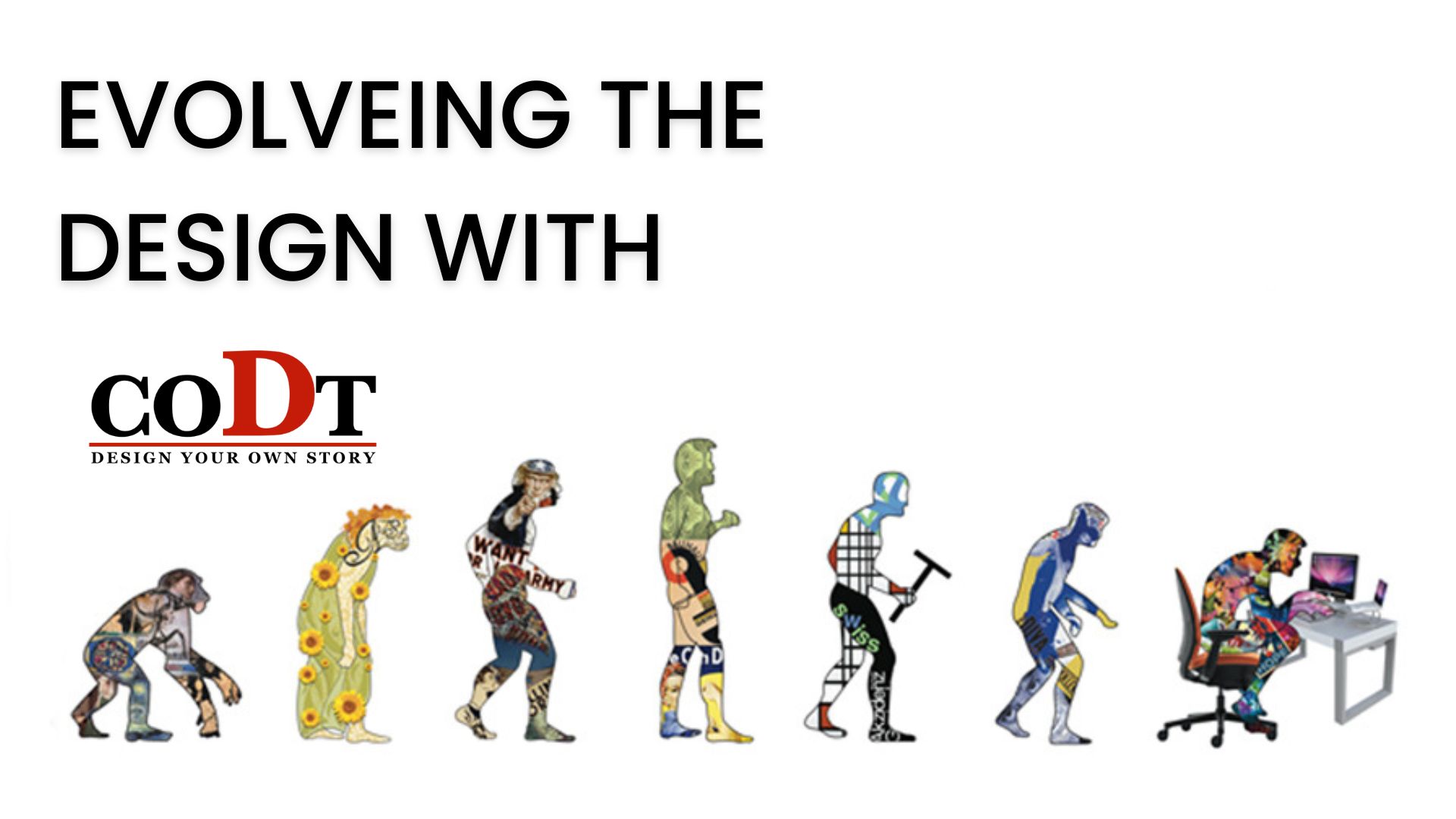Published - Mon, 09 Oct 2023

Introduction:
In the ever-evolving realm of creativity, design stands as a dynamic force, constantly shape-shifting to
meet the demands of an ever-changing world. The journey of design is a fascinating exploration of
innovation, adaptation, and the relentless pursuit of aesthetic excellence. Join me as we embark on a
journey through the corridors of time, witnessing the profound evolution in the field of design.
The Early Epochs:
Design, in its nascent stages, was primarily utilitarian—a means to an end. Early civilizations crafted
designs for practical purposes, be it for shelter, tools, or clothing. The aesthetic considerations were
secondary to functionality, but even then, a spark of creativity ignited the foundations of what was to
come.
The Renaissance of Art and Design:
Fast forward to the Renaissance, a pivotal era that marked a reawakening of artistic expression.
Design transcended mere utility and became an art form in itself. The likes of Leonardo da Vinci and
Michelangelo not only adorned the world with their masterpieces but also influenced the aesthetics
of everyday objects. The marriage of form and function became a hallmark of this era, setting the
stage for design's ascent as a creative discipline.
Industrial Revolution and the Birth of Modern Design:
The Industrial Revolution brought about a seismic shift in the world of design. Mass production
became a reality, and designers grappled with the challenge of creating functional yet aesthetically
pleasing products for the masses. The Bauhaus movement emerged, advocating for a synthesis of
art, craft, and technology—a design philosophy that laid the groundwork for modern design
principles.
Mid-Century Modernism:
The mid-20th century witnessed the rise of Mid-Century Modernism, characterized by clean lines,
simplicity, and a focus on functionality. Designers like Charles and Ray Eames, Eero Saarinen, and
Arne Jacobsen left an indelible mark with their iconic furniture and architectural designs. The ethos
of this era continues to influence contemporary design, celebrating the marriage of form and
function.
Digital Revolution and Contemporary Design:
The advent of the digital age brought forth a new frontier for design. The possibilities expanded
exponentially with the integration of technology. Graphic design, web design, and interactive design
emerged as distinct disciplines, pushing the boundaries of creativity. The democratization of design
tools empowered individuals to become creators, fostering a diverse and inclusive design landscape.
Sustainability and Human-Centric Design:
In the 21st century, a growing awareness of environmental issues has given rise to sustainable design
practices. Designers now grapple with the responsibility of creating products and spaces that
minimize environmental impact. Human-centric design, placing the user at the center of the creative
process, has gained prominence, emphasizing empathy and inclusivity in design solutions.
Conclusion:
The evolution of design is a rich tapestry woven with threads of innovation, culture, and societal
shifts. From its humble beginnings as a tool for survival to its current status as a powerful means of
expression, design continues to push boundaries and redefine itself. As we navigate the ever-
changing landscape of creativity, one thing remains constant—the transformative power of design to
shape and reflect the essence of our evolving world.
edited and created by ,
Om Sangore - Content Creator At Codt Corporate
Write a public review